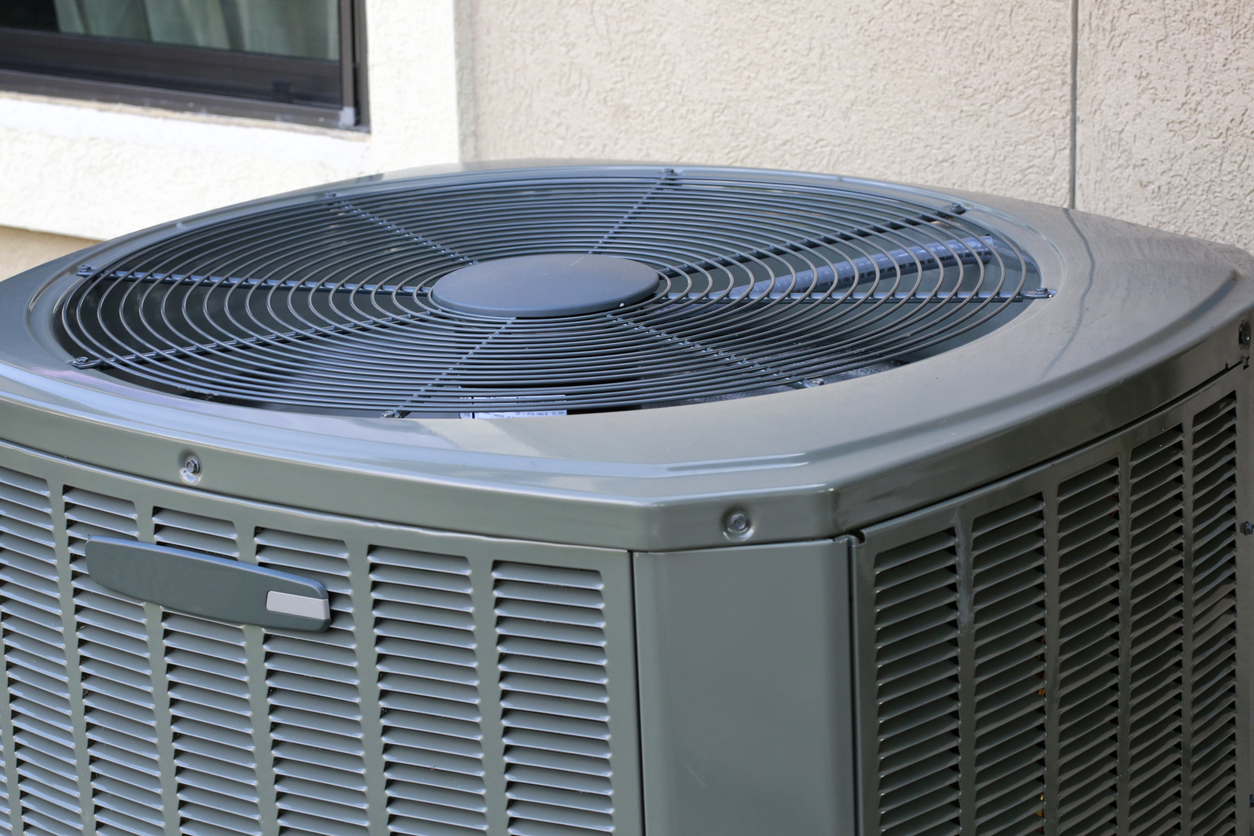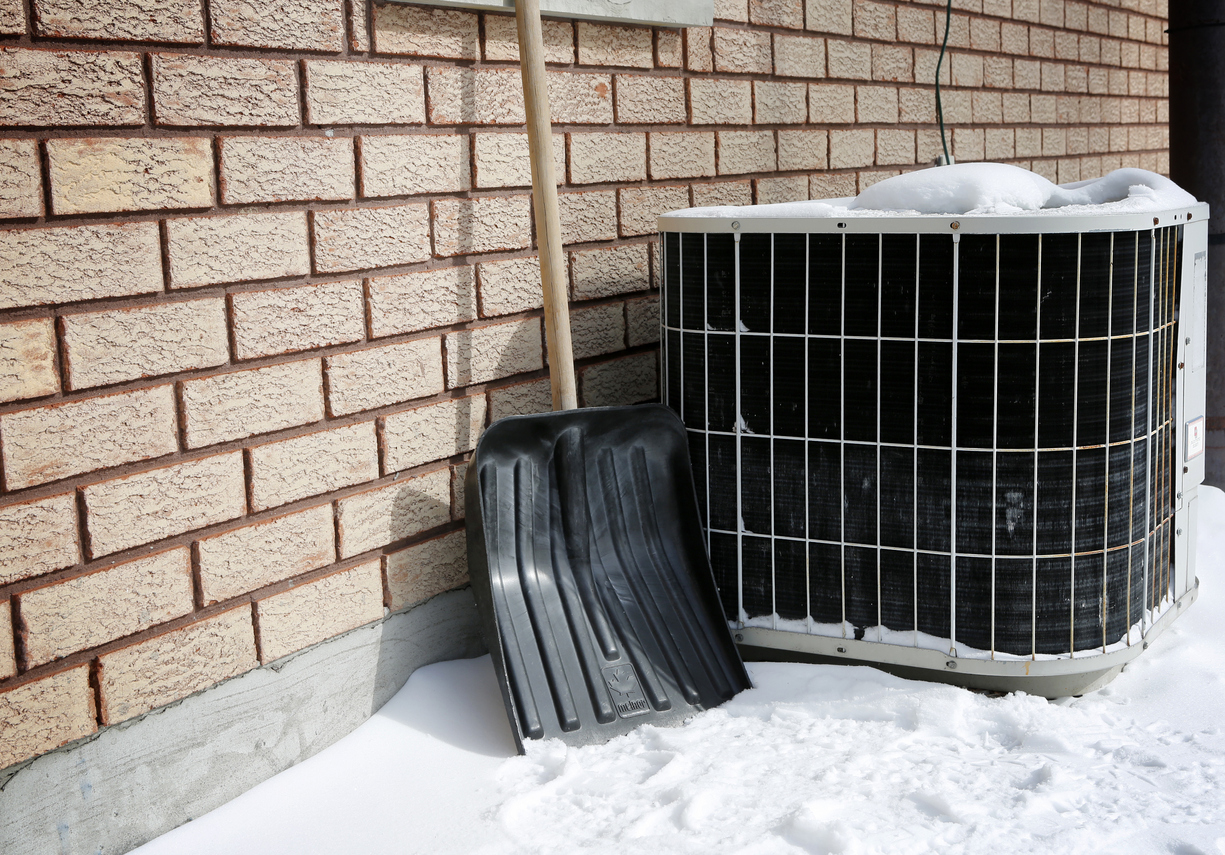What Are the Steps Involved in Repiping a House?

Plumbing issues are a constant headache for homeowners, and many times, these are inevitable. Making matters worse is that sometimes, a quick and simple repair won’t suffice because the problem has moved over to the complex stage, and you will need to consider taking bolder and more serious measures like a home repiping.
Although the idea of a complete home repipe may sound daunting, it is not entirely impossible. The whole process, from choosing a plumber to determining if you require a repipe to choosing the right pipe material can be completed through careful and detailed planning. Just to clarify, however, repiping a house should not be considered a DIY project even if you have the basic plumbing skills. The process will involve more than just plumbing work; there will be demolition, reconstruction, and in certain cases, open flame welding. In other words, repiping is a job that should be left in the hands of professionals.
Reasons to Repipe a House
Repiping a house is a major undertaking as this will involve an investment of both time and money. Often, however, replacing your old pipes is a good idea or even necessary. Below are just a few of the reasons you might need to have your house repiped.
1. Galvanized Steel Pipes
Before World War II, galvanized steel was a common material in pipe installation. After a while, however, people realized that galvanized pipes are prone to corrosion and can consequently restrict water flow.
2. Lead Pipes
Lead pipes are often a problem found in old houses. They may no longer be as popular as before, but there are still a few homes that have lead pipes in their plumbing systems. The biggest concern in using these types of pipes has to do with the many health risks that are commonly associated with lead.
3. Repeated Repairs
Plumbing repairs can become problematic and expensive if they are done on a regular basis. This could mean that a repair is no longer enough and installing a network of new pipes could be a lasting and more effective solution. A plumbing system composed of brand new pipes will save you years of unnecessary repairs.
4. House Remodeling
Every now and then, a part of the house needs to be renovated. If this part is your bathroom or the toilet area, you can save money by including a repiping job in your remodeling checklist.
What is Involved in Repiping a House?
It is not easy to repipe a whole house as this involves replacing both hot and cold water supply lines, along with the drain pipes. Simply put, it’s a major renovation job that many homeowners consider as most expensive.
Still, if you think that repiping a house is what you need to resolve your plumbing woes effectively, below are the steps that you can follow.
1. Get a plumbing inspector to check your pipes.
This is the first and most important step in the repiping process. Only a repiping specialist can identify all plumbing issues and recommend the best solutions to your problem. This phase is also a good time for you to get as many repiping estimates as you can since these are usually given for free.
During the inspection, your property will be checked for any signs indicating that your home requires repiping. There will be a discussion of the nature of your problem, the materials to be used, your plumbing system’s layout, the cost to repipe a house, and any off-code requirements. All of these details will be explained to you to help you better understand the complicated nature of a repiping job.
2. Choose the repiping option that will suit your needs.
The inspection specialist will advise you on whether to do a complete or single-section repipe depending on the age and condition of your plumbing system. Generally, repiping your whole house can be cheaper than just replacing individual sections of your plumbing system.
Before you proceed with a whole-house repiping job, however, keep in mind that you may need to get a permit from the city government. Don’t worry, because the cost of obtaining the required permits is generally included in the project estimate.
3. Choose the piping materials that will be needed for the job.
The repiping specialist will usually recommend the best materials for you, so this should not really stress you out. Among other things, the type of pipe to be used should be a priority.
PEX is a great choice as a plumbing pipe, and this will likely be recommended. PEX pipes can be easily inserted into existing water lines because they are lightweight and flexible. They also have low thermal conductivity, cheaper than other plumbing pipes, and are not susceptible to corrosion. These unique PEX qualities allow many repipe specialists to complete the job faster.
4. Choose the plumbers who will complete the repiping work.
The selected plumbers will protect your floors and furniture by covering the work area with plastic sheets at the start of the repiping job. They will use the appropriate tools to identify the exact location of your pipes from behind the walls. Once the pipe location is determined, they will cut and remove small sections of your drywall to reach your pipes.
The water supply will have to be shut off during time, but this will only be temporary. Still, it’s best that you store some water in the meantime so your daily activities will not be completely disrupted.
When the repiping work is done, the plumbers will work on cleaning up the area, patching up holes, and repairing and repainting your drywall. This is also part of the entire repiping project to ensure that everything will be returned to normal.
5. Ask your plumbers to do a retrofitting of your home.
Repiping a house is usually about replacing an old plumbing system with a brand new one. However, there are additional works you may want to do like retrofitting your home with low flow fixtures which use significantly less water. This can help in reducing your water bills apart from increasing the functionality of your home.
Key Takeaway
House repiping can be an expensive project, but when certain factors like lead pipes and repeated plumbing repairs are involved, it’s something that you may have to consider. The initial cost to repipe a house that you’ll incur will all be worth it once you see a brand new home plumbing system working perfectly and without any hitches.
For this to happen though, you should have a repiping plan, and this begins when you hire a plumbing inspector to check your pipes. From here, the inspector will advise you on what to do, including choosing the needed piping materials and the plumbers who will do the repiping who should preferably have the skills and the knowledge.
Absolute Electrical Heating and Air has professional plumbers who can turn in excellent repiping work
If you’ve been getting your plumbing repaired several times but the problem keeps coming back, perhaps it’s time to do a home repiping. If that’s the case, Absolute Electrical Heating and Air is ready to share its expertise.
We have a dedicated team of Denver plumbing specialists who can discuss with you the steps you need to take to begin a home repiping project and what to expect when repiping a house. Call us immediately so we can help you improve your plumbing system.
CONTACT US
Request Service


Save Every Year with an Absolute Advantage Membership
Expert Annual System Safety Inspections & More
- Priority service
- Waived dispatch fees
- Yearly furnace, A/C, & electrical system inspections
- 10% discount on repairs and additional diagnostic services
- Up to $500 off HVAC & electrical panel replacements







